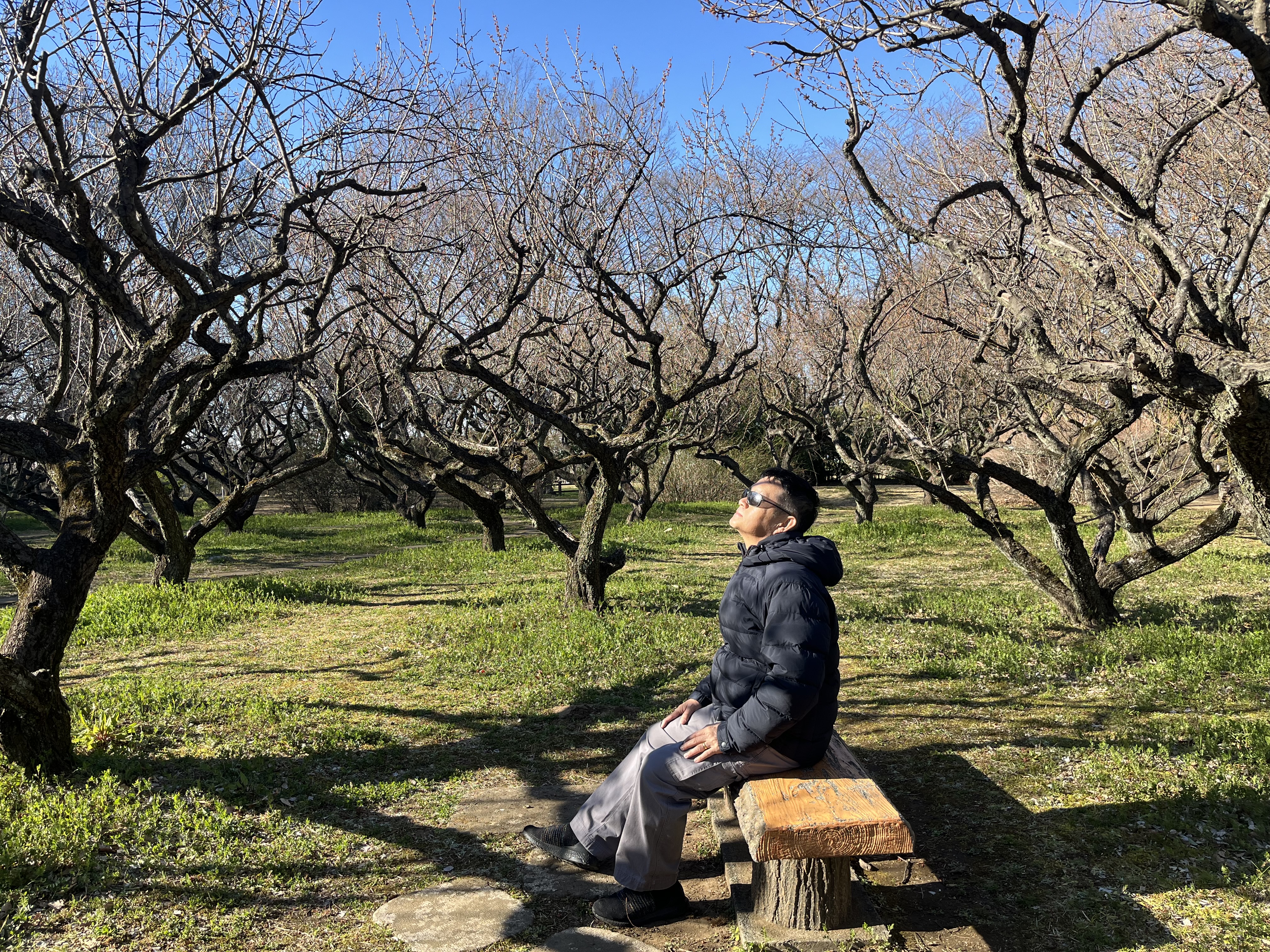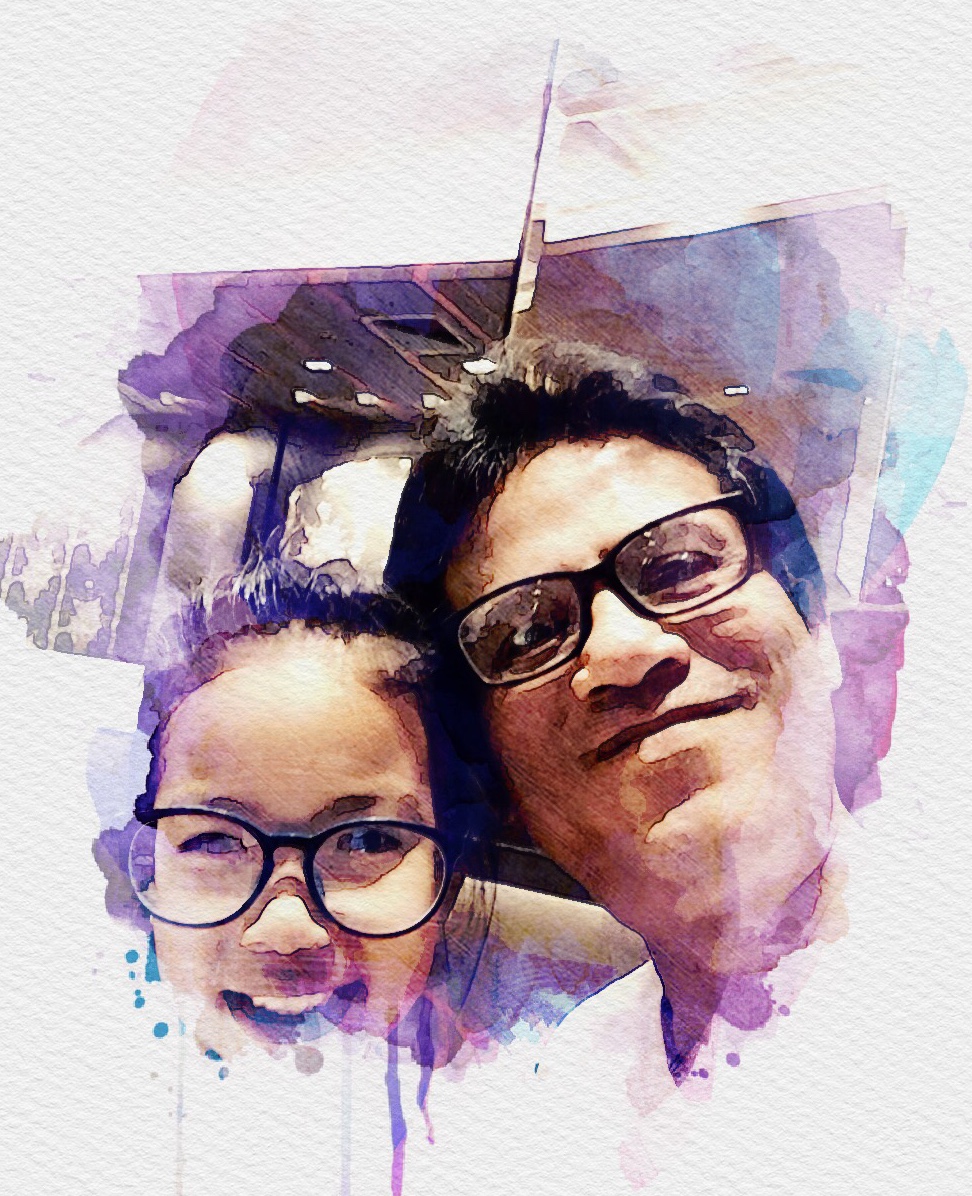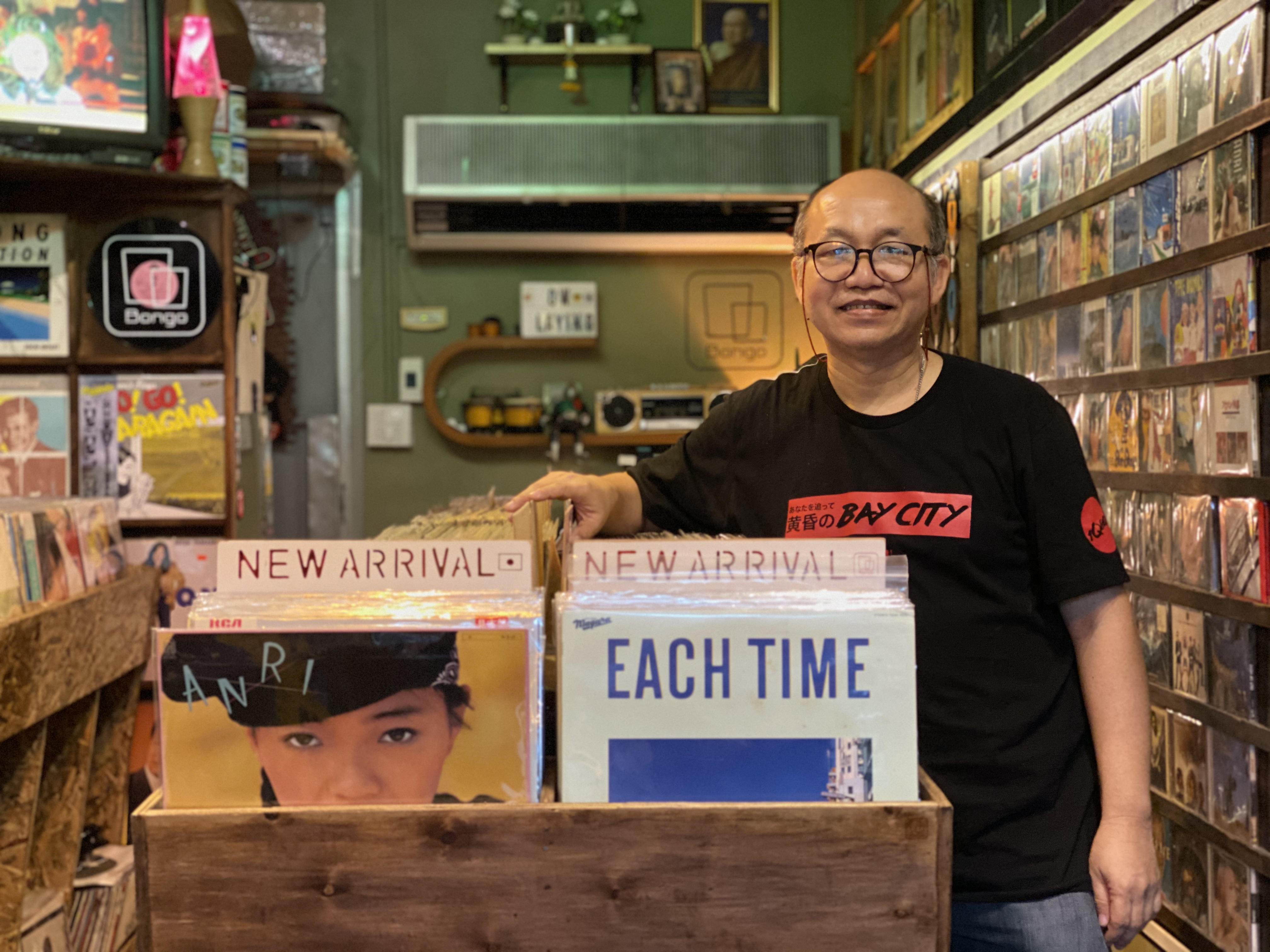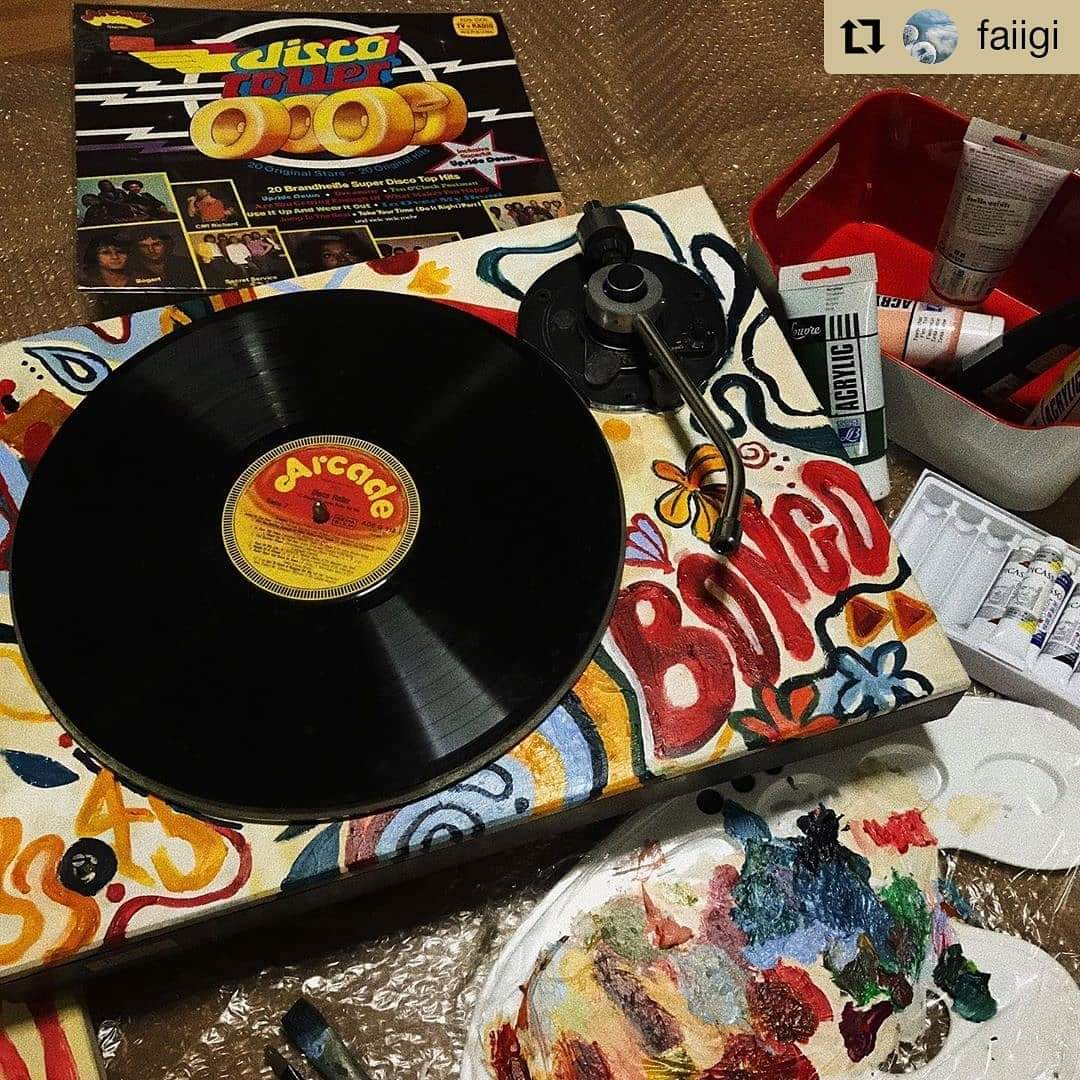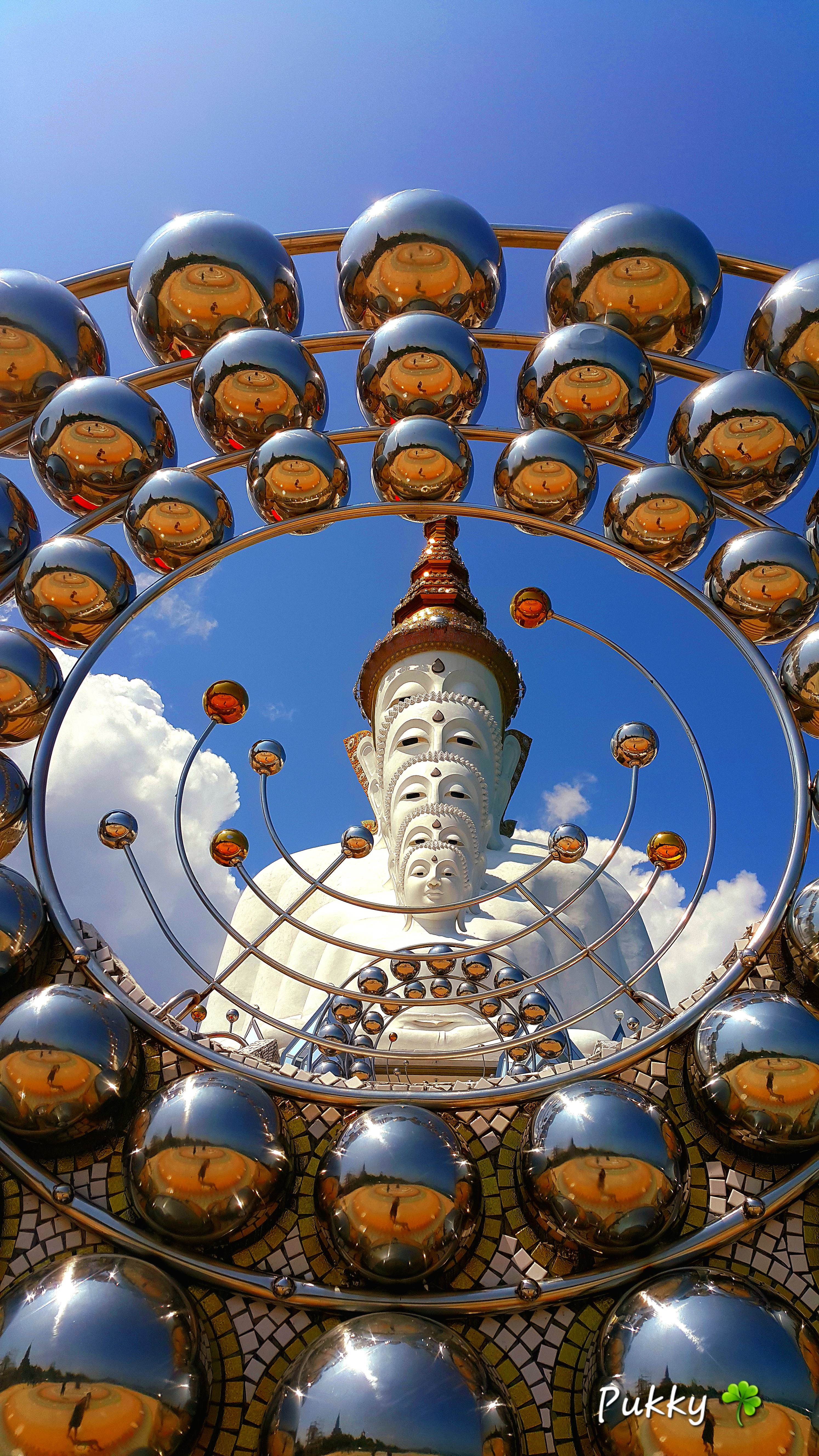การล่มของระบบ Microsoft Windows จีนไม่เดือดร้อนเพราะมีระบบคอมพิวเตอร์ตัวเองที่ "ปลอดภัยและควบคุมเอง" ทำให้โครงสร้างพื้นฐานที่สำคัญของประเทศ ตั้งแต่สายการบินไปจนถึงธนาคาร ส่วนใหญ่ไม่ได้รับผลกระทบ
20 กรกฏาคม 2567-รายงานจากสื่อเซ้าท์ไชน่ามอร์นิ่งโพสต์รายงานว่า เมื่อเวลา 18.00 น. ตามเวลาท้องถิ่นของวันที่ 19 กรกฏาคม ไม่มีรายงานความล้มเหลวของโครงสร้างพื้นฐานในจีนแผ่นดินใหญ่หลังจากโลกปั่นป่วนจากการล่มของไมโครซอฟต์ ขณะที่สนามบินหลายแห่งในภูมิภาคเอเชียแปซิฟิก ตั้งแต่ฮ่องกงไปจนถึงออสเตรเลีย ต่างได้รับผลกระทบอย่างหนัก แต่สนามบินนานาชาติในกรุงปักกิ่งและเซี่ยงไฮ้เปิดให้บริการตามปกติ
อย่างไรก็ตาม แต่พนักงานบริษัทต่างประเทศในเซี่ยงไฮ้ เปิดเผยกับเซ้าท์ไชน่ามอร์นิ่งโพสต์ว่า สำนักงานของเธอเริ่มประสบกับปัญหาระบบคอมพิวเตอร์ขัดข้องเมื่อบ่ายวันศุกร์ และเกือบทุกคนได้รับผลกระทบ หน้าจอแล็ปท็อปของพนักงานค้างอยู่บนหน้าจอสีฟ้าพร้อมข้อความ "กำลังกู้คืน" ดูเหมือนว่า Windows จะโหลดไม่ถูกต้อง”
จากนั้นฝ่ายสนับสนุนด้านเทคโนโลยีสารสนเทศของบริษัทก็สั่งให้ทุกคนปิดคอมพิวเตอร์ รอคำแนะนำเพิ่มเติม และใช้แอปมือถือสำหรับการส่งข้อความโต้ตอบแบบทันที งานบัญชีของพนักงานก็ล่าช้าเนื่องจากการหยุดทำงาน “รายงาน [ทางการเงิน] ของเดือนนี้จะล่าช้า” เจ้าหน้าที่กล่าว
พนักงานจากบริษัทต่างประเทศอีกแห่งหนึ่งรายงานว่าประสบปัญหาหน้าจอสีฟ้าเมื่อเวลาประมาณ 13.00 น. แม้ว่าพนักงานบางคนสามารถรีสตาร์ทคอมพิวเตอร์ได้ในภายหลัง แต่ก็ยังไม่สามารถเข้าถึงเว็บไซต์ของบริษัทได้ ซึ่งแสดงข้อผิดพลาด “502 Bad Gateway” บริษัทบอกกับพนักงานว่า “การสนับสนุนด้านไอทีทั่วโลกได้เปิดใช้งานการตอบสนองในระดับสูงสุดเพื่อแก้ไขปัญหา” ตามที่พนักงานรายดังกล่าวระบุ
บน Xiaohongshu ซึ่งเป็นแพลตฟอร์มโซเชียลมีเดียของจีนที่มีลักษณะคล้ายอินสตาแกรม ผู้ใช้หลายคนบ่นเกี่ยวกับความยากลำบากในการเช็คอินในเชนโรงแรมระดับนานาชาติ เช่น Sheraton, Marriott และ Hyatt ในเมืองต่างๆ ของจีน
ขณะที่บริการสาธารณะของจีนส่วนใหญ่ไม่ได้รับผลกระทบ เว็บไซต์ของจีนและช่องทางโซเชียลมีเดียของ Microsoft จึงไม่ออกประกาศฉุกเฉินใดๆ Microsoft ไม่ตอบสนองต่อคำร้องขอความคิดเห็นทันทีเมื่อวันศุกร์
การที่ภูมิคุ้มกันของจีนต่อการล่มของไมโครซอฟต์ขัดข้อง แสดงให้เห็นว่าจีนลดการพึ่งพาผู้ให้บริการจากต่างประเทศ เช่น Microsoft และบริษัทแอนตี้ไวรัส CrowdStrike ในช่วงไม่กี่ปีที่ผ่านมา จีนได้ออกแคมเปญทั่วทั้งหน่วยงานรัฐบาลและผู้ให้บริการโครงสร้างพื้นฐานหลักเพื่อแทนที่ฮาร์ดแวร์และระบบจากต่างประเทศด้วยฮาร์ดแวร์และซอฟต์แวร์ภายในประเทศจีน
การล่มของไมโครซอฟต์มีสาเหตุมาจากการอัปเดตซอฟต์แวร์จาก CrowdStrike ยักษ์ใหญ่ด้านความปลอดภัยทางไซเบอร์ ซึ่งส่งผลกระทบต่อระบบที่ใช้ Windows ทั่วโลก George Kurtz ซีอีโอของ CrowdStrike ยืนยันเมื่อเช้าวันศุกร์ตามเวลาท้องถิ่นผ่านแพลตฟอร์มโซเชียลมีเดีย X ว่าบริษัทของเขากำลังเร่งแก้ไขปัญหา
แต่ในจีนมีผลกระทบเพียงเล็กน้อยจากการล่มของ Microsoft ในประเทศจีน ได้พิสูจน์ให้เห็นว่าประเทศนี้มีความก้าวหน้าในการบรรลุเป้าหมายของระบบคอมพิวเตอร์ที่ "ปลอดภัยและควบคุมได้" ตามที่พนักงานรัฐบาลจีนคนหนึ่งกล่าว
ใน Weibo ชาวเน็ตชาวจีนแซวว่า Microsoft “ให้วันหยุดครึ่งวันแก่พวกเขา” ผู้แสดงความคิดเห็นคนหนึ่งกล่าวว่า “บริษัทของเราเพิ่งเปลี่ยนมาใช้คอมพิวเตอร์เครื่องใหม่ที่มีระบบ HarmonyOS ดังนั้นเราจึงไม่สามารถเข้าร่วมสนุกกับไมโครซอฟต์ของคุณได้”
ที่มา :https://www.scmp.com/tech/big-tech/article/3271171/microsoft-outage-leaves-china-largely-untouched-tech-self-sufficiency-campaign-pays
20 กรกฏาคม 2567-รายงานจากสื่อเซ้าท์ไชน่ามอร์นิ่งโพสต์รายงานว่า เมื่อเวลา 18.00 น. ตามเวลาท้องถิ่นของวันที่ 19 กรกฏาคม ไม่มีรายงานความล้มเหลวของโครงสร้างพื้นฐานในจีนแผ่นดินใหญ่หลังจากโลกปั่นป่วนจากการล่มของไมโครซอฟต์ ขณะที่สนามบินหลายแห่งในภูมิภาคเอเชียแปซิฟิก ตั้งแต่ฮ่องกงไปจนถึงออสเตรเลีย ต่างได้รับผลกระทบอย่างหนัก แต่สนามบินนานาชาติในกรุงปักกิ่งและเซี่ยงไฮ้เปิดให้บริการตามปกติ
อย่างไรก็ตาม แต่พนักงานบริษัทต่างประเทศในเซี่ยงไฮ้ เปิดเผยกับเซ้าท์ไชน่ามอร์นิ่งโพสต์ว่า สำนักงานของเธอเริ่มประสบกับปัญหาระบบคอมพิวเตอร์ขัดข้องเมื่อบ่ายวันศุกร์ และเกือบทุกคนได้รับผลกระทบ หน้าจอแล็ปท็อปของพนักงานค้างอยู่บนหน้าจอสีฟ้าพร้อมข้อความ "กำลังกู้คืน" ดูเหมือนว่า Windows จะโหลดไม่ถูกต้อง”
จากนั้นฝ่ายสนับสนุนด้านเทคโนโลยีสารสนเทศของบริษัทก็สั่งให้ทุกคนปิดคอมพิวเตอร์ รอคำแนะนำเพิ่มเติม และใช้แอปมือถือสำหรับการส่งข้อความโต้ตอบแบบทันที งานบัญชีของพนักงานก็ล่าช้าเนื่องจากการหยุดทำงาน “รายงาน [ทางการเงิน] ของเดือนนี้จะล่าช้า” เจ้าหน้าที่กล่าว
พนักงานจากบริษัทต่างประเทศอีกแห่งหนึ่งรายงานว่าประสบปัญหาหน้าจอสีฟ้าเมื่อเวลาประมาณ 13.00 น. แม้ว่าพนักงานบางคนสามารถรีสตาร์ทคอมพิวเตอร์ได้ในภายหลัง แต่ก็ยังไม่สามารถเข้าถึงเว็บไซต์ของบริษัทได้ ซึ่งแสดงข้อผิดพลาด “502 Bad Gateway” บริษัทบอกกับพนักงานว่า “การสนับสนุนด้านไอทีทั่วโลกได้เปิดใช้งานการตอบสนองในระดับสูงสุดเพื่อแก้ไขปัญหา” ตามที่พนักงานรายดังกล่าวระบุ
บน Xiaohongshu ซึ่งเป็นแพลตฟอร์มโซเชียลมีเดียของจีนที่มีลักษณะคล้ายอินสตาแกรม ผู้ใช้หลายคนบ่นเกี่ยวกับความยากลำบากในการเช็คอินในเชนโรงแรมระดับนานาชาติ เช่น Sheraton, Marriott และ Hyatt ในเมืองต่างๆ ของจีน
ขณะที่บริการสาธารณะของจีนส่วนใหญ่ไม่ได้รับผลกระทบ เว็บไซต์ของจีนและช่องทางโซเชียลมีเดียของ Microsoft จึงไม่ออกประกาศฉุกเฉินใดๆ Microsoft ไม่ตอบสนองต่อคำร้องขอความคิดเห็นทันทีเมื่อวันศุกร์
การที่ภูมิคุ้มกันของจีนต่อการล่มของไมโครซอฟต์ขัดข้อง แสดงให้เห็นว่าจีนลดการพึ่งพาผู้ให้บริการจากต่างประเทศ เช่น Microsoft และบริษัทแอนตี้ไวรัส CrowdStrike ในช่วงไม่กี่ปีที่ผ่านมา จีนได้ออกแคมเปญทั่วทั้งหน่วยงานรัฐบาลและผู้ให้บริการโครงสร้างพื้นฐานหลักเพื่อแทนที่ฮาร์ดแวร์และระบบจากต่างประเทศด้วยฮาร์ดแวร์และซอฟต์แวร์ภายในประเทศจีน
การล่มของไมโครซอฟต์มีสาเหตุมาจากการอัปเดตซอฟต์แวร์จาก CrowdStrike ยักษ์ใหญ่ด้านความปลอดภัยทางไซเบอร์ ซึ่งส่งผลกระทบต่อระบบที่ใช้ Windows ทั่วโลก George Kurtz ซีอีโอของ CrowdStrike ยืนยันเมื่อเช้าวันศุกร์ตามเวลาท้องถิ่นผ่านแพลตฟอร์มโซเชียลมีเดีย X ว่าบริษัทของเขากำลังเร่งแก้ไขปัญหา
แต่ในจีนมีผลกระทบเพียงเล็กน้อยจากการล่มของ Microsoft ในประเทศจีน ได้พิสูจน์ให้เห็นว่าประเทศนี้มีความก้าวหน้าในการบรรลุเป้าหมายของระบบคอมพิวเตอร์ที่ "ปลอดภัยและควบคุมได้" ตามที่พนักงานรัฐบาลจีนคนหนึ่งกล่าว
ใน Weibo ชาวเน็ตชาวจีนแซวว่า Microsoft “ให้วันหยุดครึ่งวันแก่พวกเขา” ผู้แสดงความคิดเห็นคนหนึ่งกล่าวว่า “บริษัทของเราเพิ่งเปลี่ยนมาใช้คอมพิวเตอร์เครื่องใหม่ที่มีระบบ HarmonyOS ดังนั้นเราจึงไม่สามารถเข้าร่วมสนุกกับไมโครซอฟต์ของคุณได้”
ที่มา :https://www.scmp.com/tech/big-tech/article/3271171/microsoft-outage-leaves-china-largely-untouched-tech-self-sufficiency-campaign-pays
การล่มของระบบ Microsoft Windows จีนไม่เดือดร้อนเพราะมีระบบคอมพิวเตอร์ตัวเองที่ "ปลอดภัยและควบคุมเอง" ทำให้โครงสร้างพื้นฐานที่สำคัญของประเทศ ตั้งแต่สายการบินไปจนถึงธนาคาร ส่วนใหญ่ไม่ได้รับผลกระทบ
20 กรกฏาคม 2567-รายงานจากสื่อเซ้าท์ไชน่ามอร์นิ่งโพสต์รายงานว่า เมื่อเวลา 18.00 น. ตามเวลาท้องถิ่นของวันที่ 19 กรกฏาคม ไม่มีรายงานความล้มเหลวของโครงสร้างพื้นฐานในจีนแผ่นดินใหญ่หลังจากโลกปั่นป่วนจากการล่มของไมโครซอฟต์ ขณะที่สนามบินหลายแห่งในภูมิภาคเอเชียแปซิฟิก ตั้งแต่ฮ่องกงไปจนถึงออสเตรเลีย ต่างได้รับผลกระทบอย่างหนัก แต่สนามบินนานาชาติในกรุงปักกิ่งและเซี่ยงไฮ้เปิดให้บริการตามปกติ
อย่างไรก็ตาม แต่พนักงานบริษัทต่างประเทศในเซี่ยงไฮ้ เปิดเผยกับเซ้าท์ไชน่ามอร์นิ่งโพสต์ว่า สำนักงานของเธอเริ่มประสบกับปัญหาระบบคอมพิวเตอร์ขัดข้องเมื่อบ่ายวันศุกร์ และเกือบทุกคนได้รับผลกระทบ หน้าจอแล็ปท็อปของพนักงานค้างอยู่บนหน้าจอสีฟ้าพร้อมข้อความ "กำลังกู้คืน" ดูเหมือนว่า Windows จะโหลดไม่ถูกต้อง”
จากนั้นฝ่ายสนับสนุนด้านเทคโนโลยีสารสนเทศของบริษัทก็สั่งให้ทุกคนปิดคอมพิวเตอร์ รอคำแนะนำเพิ่มเติม และใช้แอปมือถือสำหรับการส่งข้อความโต้ตอบแบบทันที งานบัญชีของพนักงานก็ล่าช้าเนื่องจากการหยุดทำงาน “รายงาน [ทางการเงิน] ของเดือนนี้จะล่าช้า” เจ้าหน้าที่กล่าว
พนักงานจากบริษัทต่างประเทศอีกแห่งหนึ่งรายงานว่าประสบปัญหาหน้าจอสีฟ้าเมื่อเวลาประมาณ 13.00 น. แม้ว่าพนักงานบางคนสามารถรีสตาร์ทคอมพิวเตอร์ได้ในภายหลัง แต่ก็ยังไม่สามารถเข้าถึงเว็บไซต์ของบริษัทได้ ซึ่งแสดงข้อผิดพลาด “502 Bad Gateway” บริษัทบอกกับพนักงานว่า “การสนับสนุนด้านไอทีทั่วโลกได้เปิดใช้งานการตอบสนองในระดับสูงสุดเพื่อแก้ไขปัญหา” ตามที่พนักงานรายดังกล่าวระบุ
บน Xiaohongshu ซึ่งเป็นแพลตฟอร์มโซเชียลมีเดียของจีนที่มีลักษณะคล้ายอินสตาแกรม ผู้ใช้หลายคนบ่นเกี่ยวกับความยากลำบากในการเช็คอินในเชนโรงแรมระดับนานาชาติ เช่น Sheraton, Marriott และ Hyatt ในเมืองต่างๆ ของจีน
ขณะที่บริการสาธารณะของจีนส่วนใหญ่ไม่ได้รับผลกระทบ เว็บไซต์ของจีนและช่องทางโซเชียลมีเดียของ Microsoft จึงไม่ออกประกาศฉุกเฉินใดๆ Microsoft ไม่ตอบสนองต่อคำร้องขอความคิดเห็นทันทีเมื่อวันศุกร์
การที่ภูมิคุ้มกันของจีนต่อการล่มของไมโครซอฟต์ขัดข้อง แสดงให้เห็นว่าจีนลดการพึ่งพาผู้ให้บริการจากต่างประเทศ เช่น Microsoft และบริษัทแอนตี้ไวรัส CrowdStrike ในช่วงไม่กี่ปีที่ผ่านมา จีนได้ออกแคมเปญทั่วทั้งหน่วยงานรัฐบาลและผู้ให้บริการโครงสร้างพื้นฐานหลักเพื่อแทนที่ฮาร์ดแวร์และระบบจากต่างประเทศด้วยฮาร์ดแวร์และซอฟต์แวร์ภายในประเทศจีน
การล่มของไมโครซอฟต์มีสาเหตุมาจากการอัปเดตซอฟต์แวร์จาก CrowdStrike ยักษ์ใหญ่ด้านความปลอดภัยทางไซเบอร์ ซึ่งส่งผลกระทบต่อระบบที่ใช้ Windows ทั่วโลก George Kurtz ซีอีโอของ CrowdStrike ยืนยันเมื่อเช้าวันศุกร์ตามเวลาท้องถิ่นผ่านแพลตฟอร์มโซเชียลมีเดีย X ว่าบริษัทของเขากำลังเร่งแก้ไขปัญหา
แต่ในจีนมีผลกระทบเพียงเล็กน้อยจากการล่มของ Microsoft ในประเทศจีน ได้พิสูจน์ให้เห็นว่าประเทศนี้มีความก้าวหน้าในการบรรลุเป้าหมายของระบบคอมพิวเตอร์ที่ "ปลอดภัยและควบคุมได้" ตามที่พนักงานรัฐบาลจีนคนหนึ่งกล่าว
ใน Weibo ชาวเน็ตชาวจีนแซวว่า Microsoft “ให้วันหยุดครึ่งวันแก่พวกเขา” ผู้แสดงความคิดเห็นคนหนึ่งกล่าวว่า “บริษัทของเราเพิ่งเปลี่ยนมาใช้คอมพิวเตอร์เครื่องใหม่ที่มีระบบ HarmonyOS ดังนั้นเราจึงไม่สามารถเข้าร่วมสนุกกับไมโครซอฟต์ของคุณได้”
ที่มา :https://www.scmp.com/tech/big-tech/article/3271171/microsoft-outage-leaves-china-largely-untouched-tech-self-sufficiency-campaign-pays
0 Comments
0 Shares
904 Views
0 Reviews





